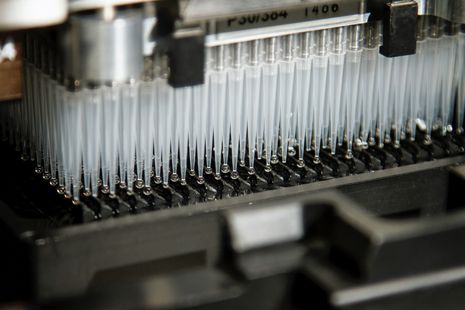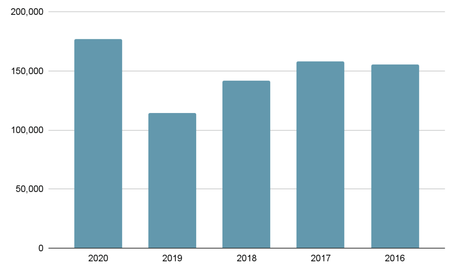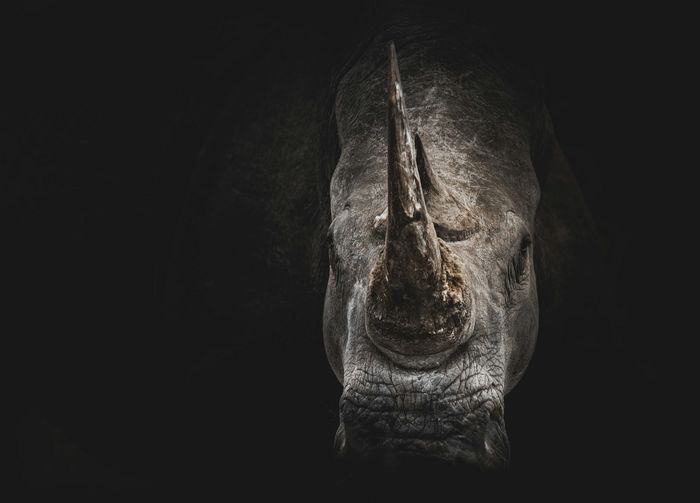Cambridge records highest animal testing figures since 2016
The number of procedures carried out on animals increased by over 50,000 on last year’s figure

The release of this year’s statistics for the use of animal testing in research shows a marked increase in the number of procedures carried out on animals in 2020, as the University records its highest figure since 2016.
The total figure of 177,219 is an increase of 54.6% on the 2019 figure of 114,640, with the majority of the additional procedures being carried out on zebrafish: mice and zebrafish made up 97% of all procedures at the University.
The University's latest figures were second only to those of the Francis Crick Institute, which recorded over 180,000 procedures on animals.

Despite animal testing being used across the UK in the development of Covid-19 vaccines - including the use of ferrets and monkeys by Oxford University in the early testing of the AstraZeneca vaccine - the UK recorded its lowest figure for 16 years, with 2.88 million procedures across the country.
The University of Oxford placed fourth in the rankings, having carried out 169,511 tests on animals in 2020.
The University’s investment in a research facility shared by other institutions, whose use of animal testing is including in these statistics, was cited by Dr Martin Vinnell as a reason for the increase. He added that the sizeable increase in the use of zebrafish - from approximately 12,000 to 71,000 - was due to their use in creating genetic models of human diseases, including Huntington’s disease and tuberculosis.
Vinnell also noted: “Animal research currently plays an essential role in our understanding of health and disease and in the development of modern medicines and surgical techniques.
“Without the use of animals, we would not have many of the modern medicines, antibiotics, vaccines, and surgical techniques we take for granted in both human and veterinary medicine.
“We always aim to use as few animals as possible, refining our research and actively looking for ways of replacing their use, for example in the development of ‘mini-organs’ grown from human cells, which can be used to model disease.”
The University’s policy on animal testing considers research using animals to make a ”vital contribution” to our understanding and tackling of human disease, while also recognising that it should not be actively promoted. The policy outlines the aim to investigate alternatives to animal testing in scientific research in order to eventually end the use of animal testing completely.
Subsequently, animals are pledged to only be used “when it will contribute to the advancement of knowledge that is likely to lead to improvement of the health and welfare of animals or human beings or involves observations that will lead to a greater understanding of the animals themselves.”
 News / Uni members slam ‘totalitarian’ recommendation to stop vet course 15 January 2026
News / Uni members slam ‘totalitarian’ recommendation to stop vet course 15 January 2026 Science / Why smart students keep failing to quit smoking15 January 2026
Science / Why smart students keep failing to quit smoking15 January 2026 Comment / Will the town and gown divide ever truly be resolved?12 January 2026
Comment / Will the town and gown divide ever truly be resolved?12 January 2026 Features / How sweet is the en-suite deal?13 January 2026
Features / How sweet is the en-suite deal?13 January 2026 Arts / Fact-checking R.F. Kuang’s Katabasis13 January 2026
Arts / Fact-checking R.F. Kuang’s Katabasis13 January 2026











